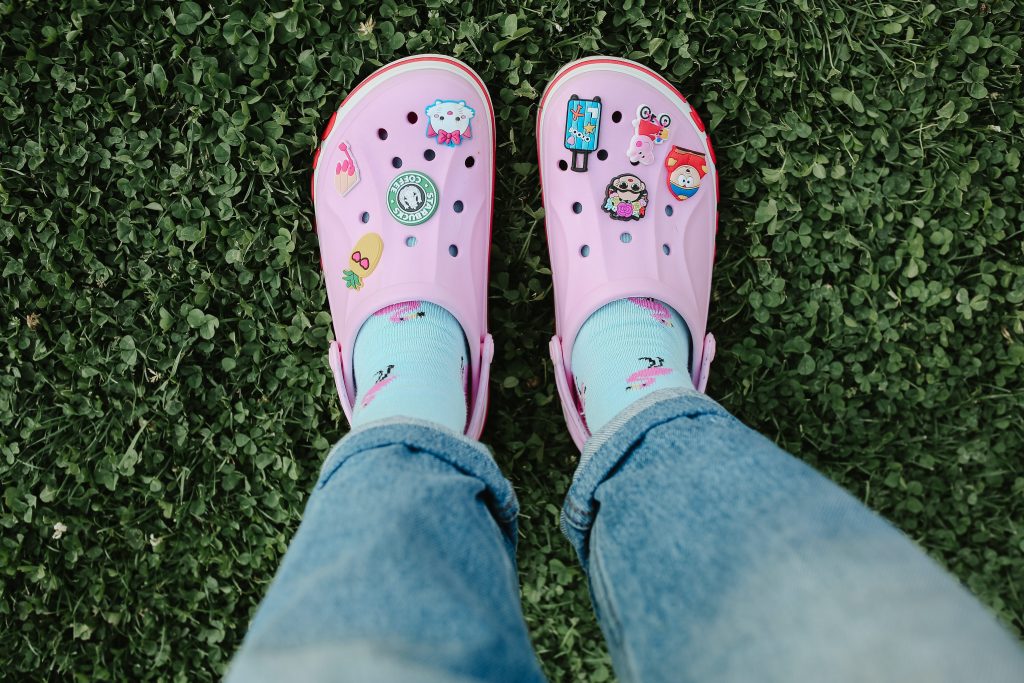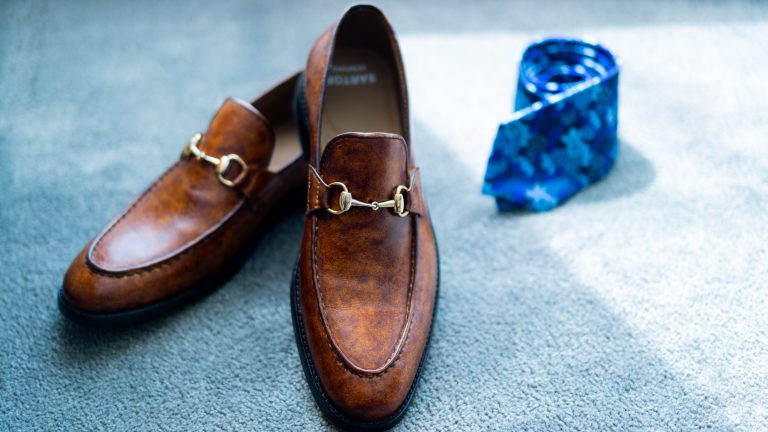Why are Crocs Very Expensive? Are Crocs 100% Rubber?
Why are Crocs Very Expensive?, those peculiar-looking, lightweight, and comfortable shoes that have taken the world by storm, have often left people scratching their heads when it comes to their price tag. While some may argue that they are simply rubber clogs and shouldn’t cost much, the reality is quite different. In this article, we will delve into the reasons why Crocs are relatively expensive and explore whether they are indeed made of 100% rubber.

The Crocs Craze
Before we dive into the intricacies of Crocs’ pricing, it’s essential to understand why they have gained such immense popularity. Crocs, first introduced in 2002, quickly became a fashion statement due to their unique design and unparalleled comfort. Their signature clog-style shoes with holes for breathability have garnered a dedicated following, making them a staple for various occasions. This immense demand plays a significant role in their pricing.
Quality Materials
Contrary to the belief that Crocs are just simple rubber shoes, they are crafted using high-quality materials. While the sole of a Croc is made of a type of foam resin called Croslite™, the upper part is usually made of synthetic materials or fabric. Croslite™ is a proprietary closed-cell resin known for its cushion-like comfort and durability, making it ideal for footwear. This material is not only comfortable but also resistant to odors and bacteria, adding to its value.
Extensive Research and Development
Why are Crocs Very Expensive?
Crocs invest heavily in research and development to create shoes that offer both style and comfort. Their team of engineers and designers continuously work on improving the ergonomic design of the shoe to ensure it provides excellent arch support and a comfortable fit. This commitment to innovation adds to the cost of production, which is reflected in the final price.
Sustainable Practices
In recent years, Crocs has been focusing on sustainability, which involves using environmentally friendly materials and processes. This shift towards eco-conscious manufacturing may lead to slightly higher prices, but it aligns with the growing consumer demand for products that are both comfortable and environmentally responsible.
Are Crocs 100% Rubber?
No, Crocs are not 100% rubber. As mentioned earlier, the primary material used in the production of Crocs is Croslite™, which is a type of foam resin. While Croslite™ provides many advantages such as comfort, durability, and odor resistance, it is not rubber in the traditional sense. The misconception that Crocs are entirely made of rubber may stem from their rubber-like appearance.
The Pricing Mystery
Now that we’ve established that Crocs are not made of rubber, the question remains: why are they relatively expensive? The answer lies in the combination of factors discussed earlier: quality materials, extensive research, and sustainable practices. These elements contribute to a higher production cost, which is then passed on to the consumer.
Conclusion
In conclusion, Crocs’ pricing is not solely based on the materials used but also on the comfort, quality, and sustainability they offer. While they may seem pricey compared to other rubber footwear, their unique features and commitment to providing the best possible product justify the cost.
Frequently Asked Questions (FAQs)
- Are Crocs worth the price? Yes, many people find Crocs worth the price due to their comfort, quality, and durability.
- Can I wear Crocs for outdoor activities? Crocs are versatile and can be worn for various activities, including outdoor adventures.
- Do all Crocs have holes in them? No, not all Crocs have holes. Some designs are more enclosed and suitable for different settings.
- How do I clean my Crocs? Crocs are easy to clean with mild soap and water. Avoid using harsh chemicals to maintain their longevity.
- Are there eco-friendly Crocs options available? Yes, Crocs offers eco-friendly options made from sustainable materials for environmentally conscious consumers.




Leave a comment